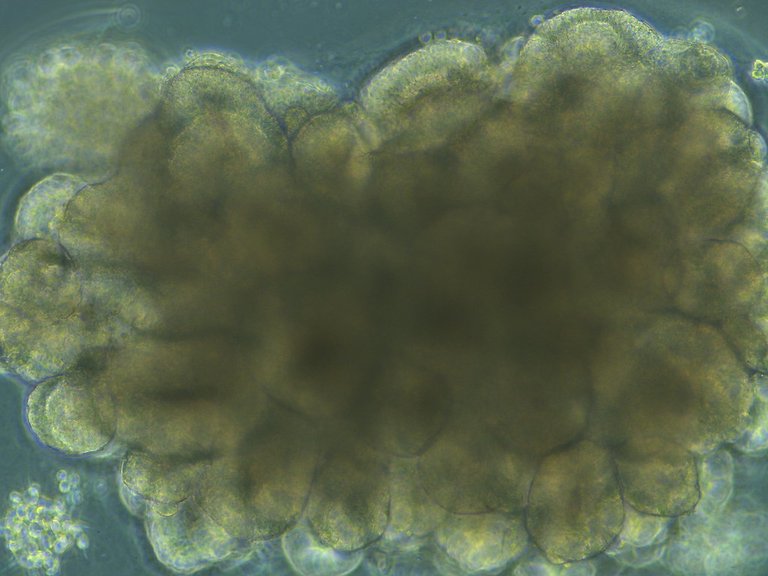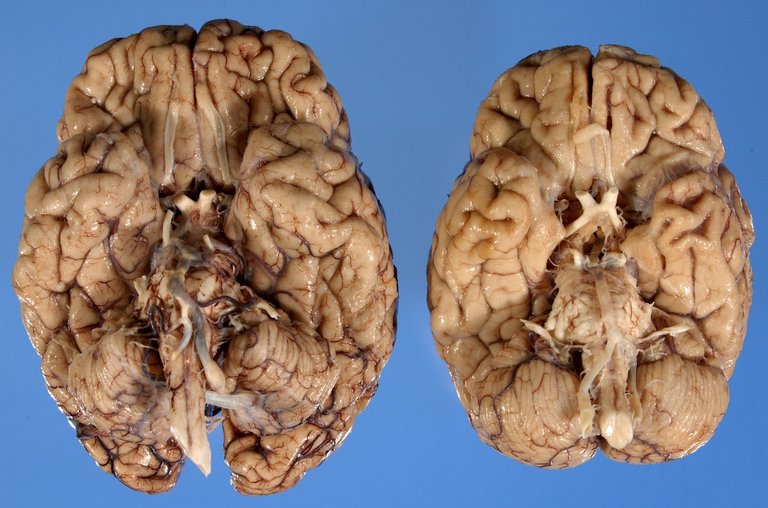Creutzfeldt-Jakob Disease; A Comprehensive Explanation
Our brain, often regarded as the most critical organ in our body responsible for cognition and various neurological functions, relies on a complex network of neurons. These neurons depend on proteins to carry out their tasks efficiently. Proteins, known as the building blocks of life, are typically quite reliable, but when errors occur, they can lead to system malfunctions. In the context of brain health, such errors can have fatal consequences. Today, we'll explore Creutzfeldt-Jakob Disease (CJD), a rare but life-threatening condition, in a way that's easy to understand.
This usually start with memory impairment, and this isn't sudden but gradual. It is a progressive condition that will start by messing the memory of the patient first starting with short memory. Patients that suffer from Creutzfeldt-Jakob Disease (CJD) will find it hard to perform simple repetitive tasks such as getting dressed, using the toilet, and other things which would indicate rapidly progressive dementia. People with onset Creutzfeldt-Jakob Disease (CJD) can get lost in their sitting room, garden, or even their rooms.
In addition to memory issues, patients often exhibit quick, involuntary jerks and movements known as Myoclonus, as well as an unsteady gait referred to as Ataxia. These symptoms serve as key indicators when diagnosing CJD. Now, let's dive into the mechanisms behind CJD.
To understand how CJD unfolds, we need to delve into the role of Ribosomes, which are responsible for protein production within cells. Proteins, essential for various bodily functions, must fold into specific shapes to be functional. Once properly folded, they proceed to the cell membrane, where they can carry out their designated tasks. However, in rare cases, misfolding of prion proteins can occur. When this happens, it disrupts the body's delicate balance.
These abnormal prions can self replicate and convert normal proteins to abnormal proteins in a chain reaction. When this misfolded protein accumulates, cells begin to die. In the brain, when this causes neurons to die they spread to other neurons causing them to die. Creutzfeldt-Jakob Disease (CJD) can be developed in 4 ways depending on how it is gotten with about 80% of them being Sporadic Creutzfeldt-Jakob Disease (SCJD) where the trigger of the abnormal prions not known.
Another type of Creutzfeldt-Jakob Disease (CJD) is Familial Creutzfeldt-Jakob Disease (FCJD) which from the name you would expect that it is genetic. The mutated prion gene i inherited by the offspring. Iatrogenic Creutzfeldt-Jakob Disease (CJD) is another type of CJD, and it is as a result of transmission from one person to another from a medical setting either through medical tools, or transfusion.
One of the most alarming aspects of CJD is its resistance to sterilization and disinfectants. For example, prior to the 1980s, children with growth hormone deficiencies were treated with pituitary hormones derived from human cadavers. Unfortunately, some of these donors had CJD, and those treated with contaminated hormones later developed Iatrogenic Creutzfeldt-Jakob Disease (ICJD).
Variant Creutzfeldt-Jakob Disease (vCJD) is the type that causes Mad Cow disease in cattle. This variant of Creutzfeldt-Jakob Disease (CJD) can be gotten from ingesting infected food products from animals with the infected prions.
Specialized techniques like RT-QUIC help detect prion proteins in cerebrospinal fluid, providing strong evidence of CJD. Identifying the protein 14-3-3 can also aid in diagnosing CJD, although it's not a prion protein itself.
As CJD progresses, patients may enter a state known as Akinetic mutism, a type of coma in which they lose the ability to move their limbs or speak. Unfortunately, there is currently no cure for CJD, and individuals in this state have a high risk of developing pneumonia, which often becomes the cause of death. Most people diagnosed with CJD pass away within a year of symptom onset, and post-mortem autopsies are typically needed to confirm the presence of the disease.
Creutzfeldt-Jakob Disease is a devastating condition that disrupts the brain's balance, leading to rapid cognitive decline and, ultimately, death. This is not something that is caused by an external factor, it is usually as a result of a malfunction in the body, and so there is really nothing much that can be done to prevent its major cause.
https://www.cdc.gov/prions/cjd/index.html
https://www.ninds.nih.gov/health-information/disorders/creutzfeldt-jakob-disease
https://www.ncbi.nlm.nih.gov/books/NBK507860/
https://www.msdmanuals.com
https://www.nhs.uk/conditions/ataxia/
https://www.nhs.uk/conditions/creutzfeldt-jakob-disease-cjd/
https://www.cdc.gov/prions/bse/index.html
https://www.cdc.gov/prions/index.html
https://www.ncbi.nlm.nih.gov/pmc/articles/PMC9364331/
https://www.ncbi.nlm.nih.gov/pmc/articles/PMC10544493/


Thanks for your contribution to the STEMsocial community. Feel free to join us on discord to get to know the rest of us!
Please consider delegating to the @stemsocial account (85% of the curation rewards are returned).
Thanks for including @stemsocial as a beneficiary, which gives you stronger support.
the BSE issue in the UK in the nineties made a whole generation of us very aware of CJD.
I remember the price of beef crashing in the late 90's and me, living on a very limited income, eating like a king on steaks.
While I recognised the risks I was confident that by the time it had become a media storm the food chain issues had already been resolved and the risk was beyond minute.
It was probably my first time of 'doing my own research', although I'd been primed by the eggs & salmonella crisis 8 or 9 years earlier.
Congratulations @elity-sitio! You have completed the following achievement on the Hive blockchain And have been rewarded with New badge(s)
Your next target is to reach 400 replies.
You can view your badges on your board and compare yourself to others in the Ranking
If you no longer want to receive notifications, reply to this comment with the word
STOP